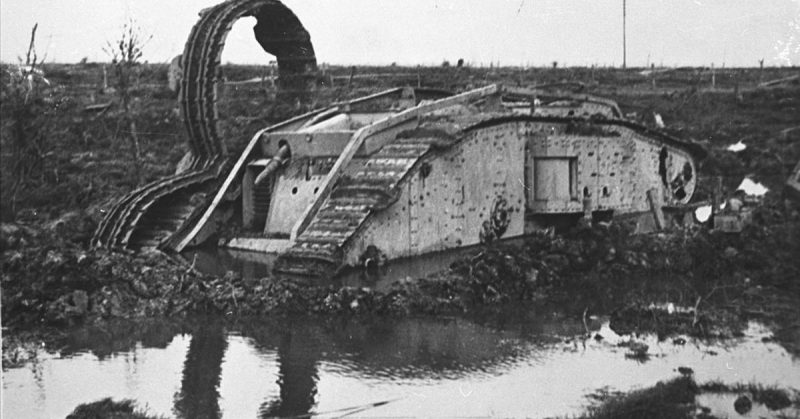One of the most astonishing acts of survival during World War One is being told at The Tank Museum in Dorset to mark the centenary of the action.
For more than 60 hours the crew of tank ‘Fray Bentos’, which was stuck in no-man’s-land, fought off German machine gun fire, snipers, grenades, heavy artillery and dynamite.
An enemy soldier even climbed on top and dropped a grenade inside but one of the plucky Brits threw it back before it exploded.
During the three days and two nights even the Allies were shelling the Mark IV tank so it wouldn’t end up in enemy hands.
Fray Bentos advanced during the Third Battle of Ypres – Passchendaele – on August 22, 1917, but was soon on its side in a bomb crater, stranded.
Inside were nine men who would become the most decorated tank crew of the war.
Captain Donald Richardson and 2nd Lt George Hill received the Military Cross, Sgt Robert Missen and Gunner William Morrey were awarded the Distinguished Conduct Medal and Gunners Ernest Hayton, Frederick Arthurs, Percy Budd and James Binley received the Military Medal.
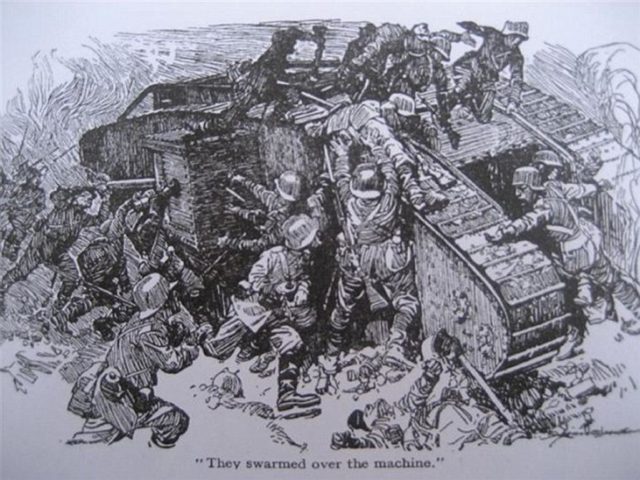
Lance Corporal Ernest Braedy was the only one to die, being shot as he got out to try and access the unditching gear.
Only Gunner James Binley was not injured physically, but was left ‘shocked’.
The tank’s main guns were rendered mostly useless because of the angles at which they were pointing so the men used their personal weapons to repel wave after wave of attack.
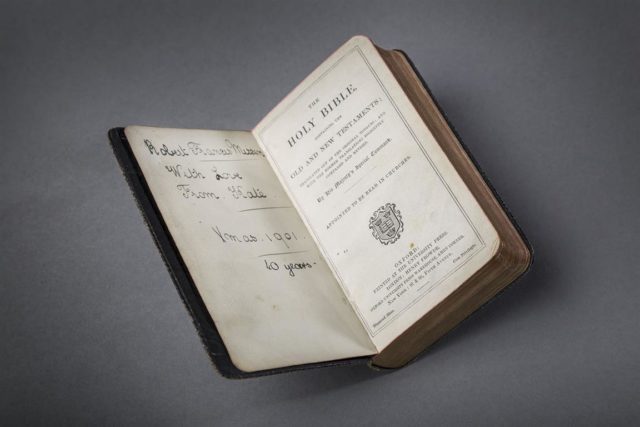
Now the museum in Bovington has a new display telling the story and focusing on Robert Missen, many of whose effects they have.
After the action Missen wrote a brief, matter-of-fact account of it: “We got into a very deep soft place and went in sideways and just at that moment Mr Hill fell back off his seat, hit.
“Capt Richardson got on the seat to relieve him, but he was foul of the controls and before the driver could do anything she was right in and ditched.
“Budd and Morrey were hit at the same time. Budd was unconscious for about 2 hrs. Mr Hill hit in head and neck, Morrey arm and leg.
“I got out of right sponson door to put on one side of the unditching gear but I heard bullets hitting the tank and saw some Boche about 30 yds off firing at me, I got in again.
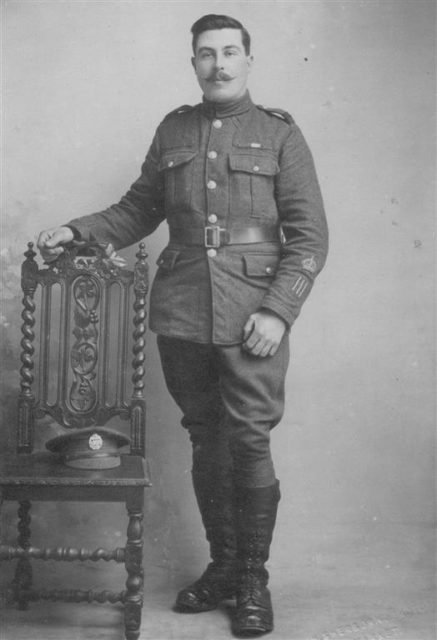
“Braedy had got out of the other side to help me, and they shot him and he fell under the side of the tank that was sinking, Arthurs said he was dead.
“We kept on firing and killed several Boche close to the tank, we expected the infantry to come up any time.”
He concluded “…Captain Richardson told me to go back and warn the infantry not to shoot us as we should sooner or later have to clear out of the tank. We were all getting stiff from wounds. I got out of the right sponson door and crawled back to the infantry.”
One by one the crew followed, even carrying with them the Lewis guns so they didn’t fall into enemy hands.
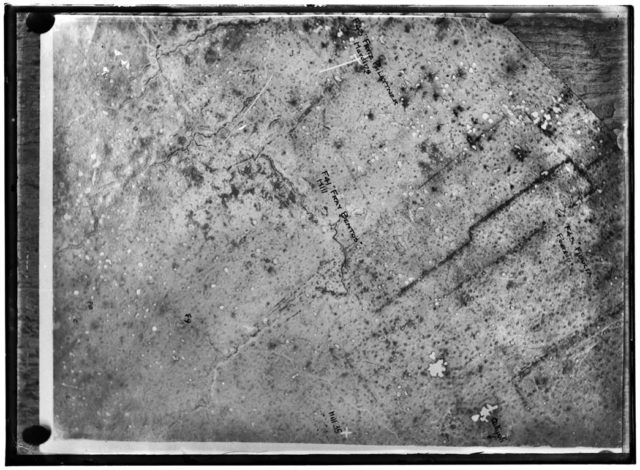
Capt Richardson had named his tank Fray Bentos because before the war he was a grocer in Nottingham and had the licence for the famous meat products.
The tank crew were also like the meat in a Fray Bentos tin.
David Willey, curator of the Tank Museum, said: “Many amazing stories of stoicism and bravery have emerged with the First World War anniversaries, but you still cannot help but be taken aback by the tale of Fray Bentos.
“Eight men, stuck in tank for three days and nights in no-man’s-land, being continually shot at with bullets and hot metal flying around inside.
“Temperatures reached 30 degrees C (86F) and dropped down to freezing at night. The men were forced to drink water from the radiator to say alive.
“To lose just one man during this siege was quite remarkable; their heroism and calmness under sustained attack was astonishing, especially when you consider how many serious injuries there were.
“We have been left a number of Missen’s personal effects including the Bible he had with him, his uniform, medals, identity tag and cigarette case.
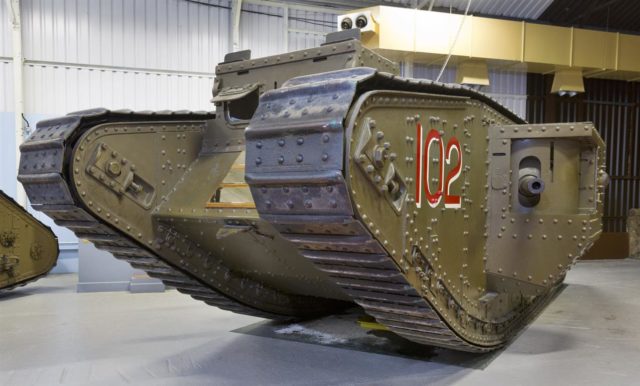
“And here at the museum we have an example of the tank that these men were in, so it is possible to see how cramped and intimate the space in which the drama took place.”
Missen had joined the Loyal North Lancashire Regiment in 1909 then moved to the Heavy Branch Machine Gun Corps and Tank Corps during the war.
He served in the Royal Tank Corps until 1936. The keen sportsman retired on his birthday by putting on a bowler hat and saying: “Now show me civil life”.
Ernest Braedy’s body was never found and Percy Budd was killed a year later aged 22.
Richardson later fought at the Battle of Cambrai, in a tank named Fray Bentos II. That tank was put out of action and captured by the Germans, who took it to Berlin, where it was put on display.
His son served in the Royal Tank Regiment in the Second World War and was killed at El Alamein.
Thanks to The Tank Museum for this article.
